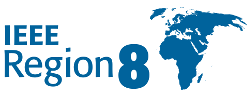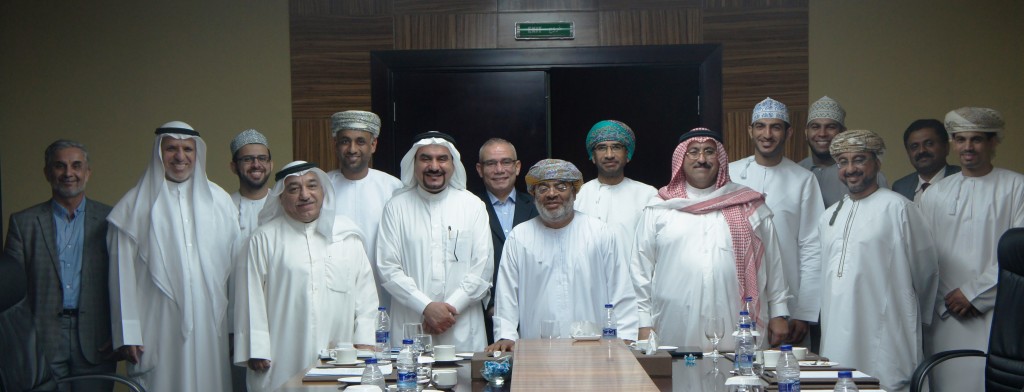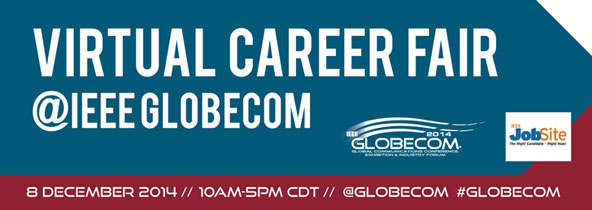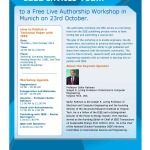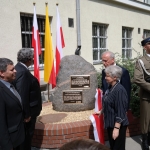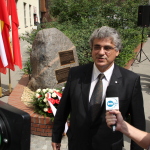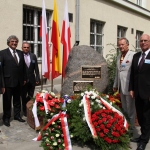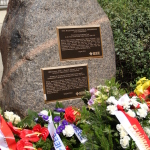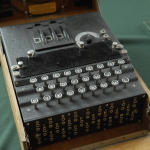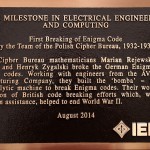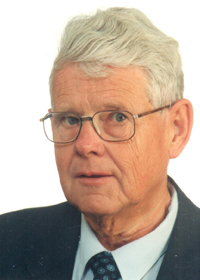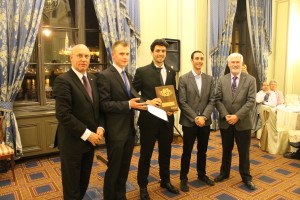HISTELCON 2015- CALL FOR PAPERS
HISTELCON – HIStory of ELectrotechnolgy CONference – is a flagship Conference of IEEE Region 8 and IEEE History Center, and is planned to be shared in the future by IEEE Tokyo Section and more IEEE Regions.
HISTELCON 2015 is the 4th in the series (after HISTELCON 2008 in Paris, HISTELCON 2010 in Madrid and HISTELCON 2012 in Pavia). It is held in conjunction with ICOHTEC (International Committee on History of Technology) 42th Symposium, and with the 10th Historical Conference of IEEE History Committee and History Center, with cooperation of the Cohen Institute for History and Philosophy of Science at Tel-Aviv University, the Graduate Program in Science, Technology and Society at Bar-Ilan University and the EE Section of the AEAI (Israel National Engineering Society). The official language of the conference will be English.
Conference Theme
HISTELCON 2015 is designed to explore the phenomenon of “High Technologies” at various historical epochs from multiple historical and contemporary perspectives. We aspire to a comprehensive picture of the development of such technologies, their employment and spread and the interactions with scientific knowledge, economic and social interest and the cultural, social, military, economic and scientific effects.
Recognized as a major force in the modern world, Hi-Tech attracts the attention of experts from many fields. This joint Conference will allow interaction of historians and sociologists of technology and science, with practicing engineers, scientists and technical experts, reflecting their experience and discipline. It aims to create a network between researchers and practitioners from Academia and Industry that encourage interdisciplinary activities. Young Historians, Researchers and Engineers are mostly welcome.
The main theme of “History of High-Technologies and their Socio-Cultural contexts”.
Original and innovative contributions are invited in areas including, but not restricted to:
- Origins and early developments of High-Technologies
- The Cultural/Social/Economical Drivers for the development of High-Technologies.
- The impact of High-Technologies on Culture/Society/Economics.
- Governmental Policies to foster High-Technologies in different cultures/societies.
Participants with various backgrounds such as historians, technologists and researchers are welcome.
Abstracts Submission
Interested participants are invited to submit an extended abstract for oral or poster presentations to the Technical Program Committee by electronically sending a 500 word abstract, written in English, with the title, the name(s) and affiliation(s) of the author(s) in Word format. All abstracts will be reviewed and acceptance notifications will be sent to the author. Full papers are not mandatory. A book of abstracts will be distributed to Conference attendees and full papers presented at the Conference will be included in IEEE Xplore. For each presented paper or poster, one presenter will have to fully register to the Conference. Guidelines for preparation of full papers will be provided in due time.
Special Sessions and Panels
Proposals to organize a special session and/or a Discussion Panel on a specific subject (e.g. related to an IEEE Technical Society) are welcome. Special Session presentation abstracts will be reviewed in a similar way to regular presentations. The duration of a session or a Panel discussion will be 90 minutes.
Important Dates
- Extended Abstracts & Session proposal submission – 01 February 2015
- Notification of Abstract acceptance – 15 March 2015
- Preliminary program – 15 April 2015
- Advance registration deadline – 15 June 2015
- Final program – 30 June 2015
Submission address: Abstracts and proposal for Sessions should be submitted to: [email protected]
.
Communication services to Israel: Ben-Gurion (TLV) airport, 20 minutes from Tel-Aviv, is served by many regular and “low-cost” companies. Cost from main European cities is from $500 and lower, due to the new “open skies” policies.
Venue: Tel-Aviv University (TAU) will host the conference. The university is situated in northern Tel-Aviv and is easily reached by public transportation (buses) from all parts of the city, 20-30 minutes ride on the average. TAU will provide all of the required rooms (for the some 8 or more parallel sessions) within the same or adjoining buildings and a hall for hosting the opening session, with the expected 250 attendees. The Cohn Institute for the History and Philosophy of Science and Ideas, which is one of the main hosts, is situated in the Gilman humanities building. The chosen halls and rooms will be in the proximity to the Gilman building or in the building itself.
Accommodations: Some rooms in the TAU dormitories will be reserved for the conference (The dormitories are less than 10 minutes walking distance from the conference venue). 2-5 Stars Hotels are situated in different parts of Tel-Aviv, mostly near the waterfront, about 30 minutes ride by bus.
Lunches and coffee brakes will be provided at the venue.
Visits: HISTELCON 2015 provides also a special opportunity to experience Israel culture and to visit its archaeological and historic sites as well as its Academic and Research Institutions.
Companion’s program: Registered companions will be invited to all official events of the Conference. Arrangements will be provided for companions interested in different activities (tours, etc.)
COMMITTEE
General Chairs
- IEEE Co-Chair – Jacob Baal-Schem (Israel)
- ICOHTEC Co-Chair – Yoel Bergman (Israel)
Technical Program Committee
Co-Chairs:
- Mike Geselowitz – IEEE History Center (USA)
- Antonio Savini, University of Pavia (Italy)
Members:
- Eiju Matsumoto (Japan).
- Noah Efron, Technology and Society at Bar Ilan University, Israel
- Pierre Mounier (France}
Organizing Committee
- Prof. Simon Litsyn – IEEE Israel Chair
- Prof. Leo Corry – Tel-Aviv University
- Dr. Marc T. Apter – IEEE-USA
- Shaul Katzir – Cohn Inst. Tel-Aviv University, Israel
- Shmuel Auster – Elta Systems, AEAI(Association Of Israel Engineers)-EEE Chair
- Eran Socher – IEEE Israel Section – Treasurer
- Rafi Hoyda – IEEE Israel Section
General contact: [email protected]
Download Call in PDF format HISTELCON 2015 Call for Papers
